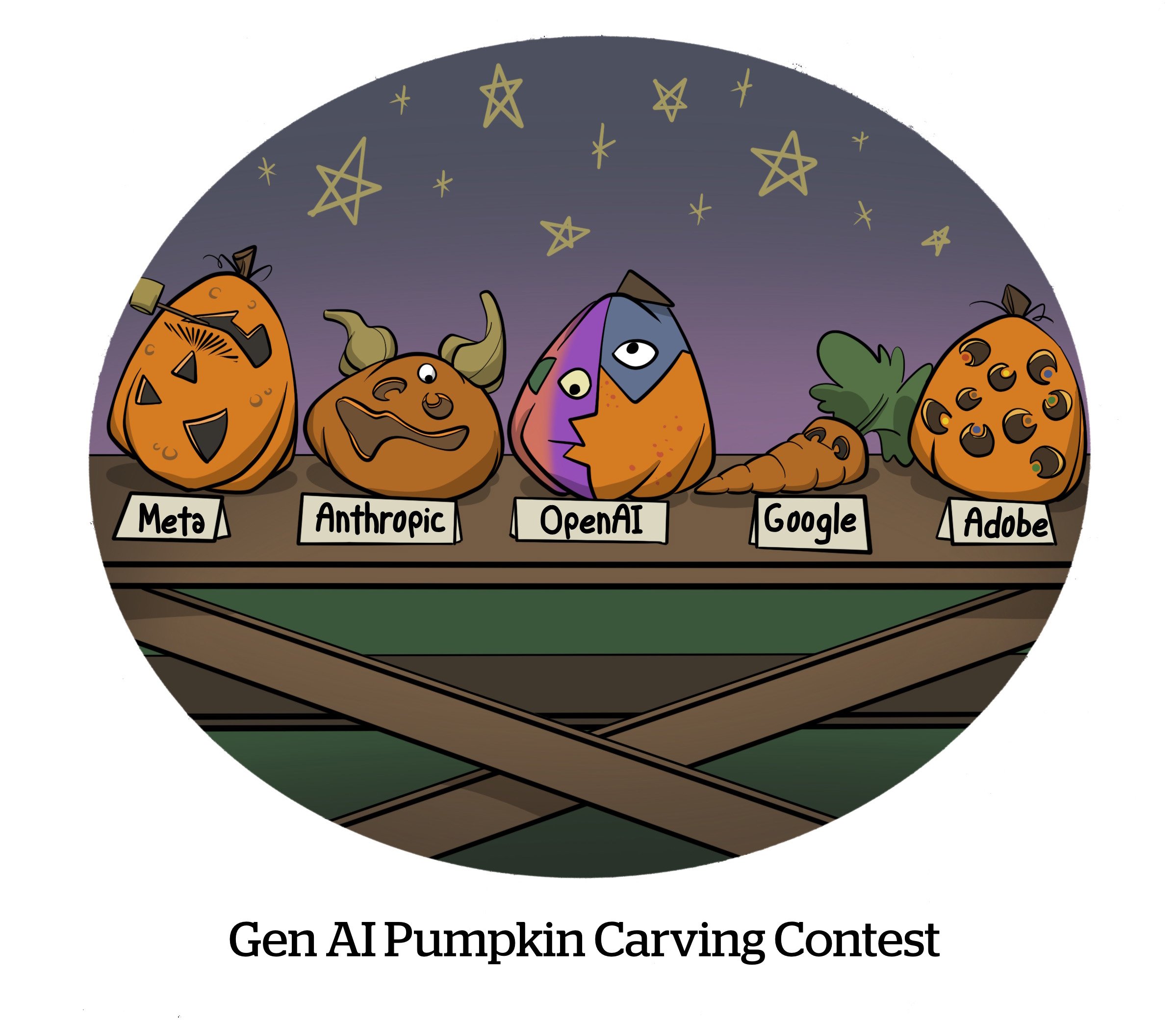At the age of one, a human infant may begin to utter a few words, point, wave, and take those initial steps.
Approaching its one-year milestone since the public launch, OpenAI’s chatbot based on a large language model has undoubtedly achieved significant milestones.
Over the past year, ChatGPT has garnered an impressive 100 million weekly active users, demonstrated exceptional creativity ranking in the top 1% among humans, yet faced criticism for perpetuating biases, spreading misinformation, and engaging in creative plagiarism. Fortunately, it did not declare affection for a writer from The New York Times.
Despite the recent turbulence involving Sam Altman, who has returned as the company’s leader following an unexpected dismissal by the board in mid-November, OpenAI has thrived with ChatGPT, aiming for an $80 billion valuation and boasting one of the most popular domains globally.
Primarily, ChatGPT has played a pivotal role in popularizing generative AI. In the realm of advertising, marketers have harnessed ChatGPT and similar tools to streamline various tasks such as crafting ad content, composing product descriptions, and automating media purchasing, strategizing, and refining.
As ChatGPT’s inaugural anniversary approaches, industry experts from brands and agencies were posed with the question: How has the utilization and perception of generative AI technology evolved in your marketing strategies, one year post the emergence of ChatGPT?
- Miguel Martin, head of digital marketing at Joe & The Juice
Looking ahead, I foresee the ability to train these tools to mirror brand tones and voices more authentically, thereby significantly enhancing efficiency in performance and content marketing endeavors.
The adoption of products offering platform-specific asset generation and direct deployment would be immensely advantageous. This approach not only drastically reduces campaign launch times but also facilitates rapid experimentation and scalable testing.
Daily Digest
- Kayla Santos, head of brand at True Classic
While I hope that AI never replaces models in the apparel sector, as this is where brands can showcase personality and relatability, I do anticipate that AI can drive cost and time efficiencies, reducing the necessity for numerous e-commerce photoshoots.
We are at the nascent stages of exploring how generative AI can elevate virtual fitting technologies. I eagerly anticipate the evolution of virtual fitting rooms to accurately reflect product fit and aesthetics, thereby enhancing the digital shopping experience for consumers.
- Emmanuel (Manu) Orssaud, CMO of Duolingo
Recently, our marketing analytics team developed an AI data scraping tool to identify social trends, a process we aim to automate through AI. Additionally, we have experimented with leveraging ChatGPT to forecast upcoming cultural trends for the brand to capitalize on.
In the foreseeable future, we envision significant potential in utilizing AI for performance marketing automation, which will be a primary area of focus for our experimentation in the upcoming year. This could involve tailoring assets for diverse markets or generating multiple iterations of assets to enrich our marketing asset repository.
- Jack Smyth, chief solutions officer at Jellyfish
After a year of ChatGPT and amassing 100 million weekly active users, we’ve come to realize that achieving average results has never been simpler.
The most profound impact of generative AI lies in elevating brands, products, and teams from subpar to a baseline level. This assertion is not mere conjecture but substantiated by Associate Professor Ethan Mollick’s seminal research at Wharton.
Creative teams utilize Bard for pre-flight testing, while content teams dynamically generate product descriptions to complement top-performing campaigns. We have invested in proprietary tools that enable us to merge LLM productivity enhancements with sensitive data, empowering every strategist with a collaborative partner.






